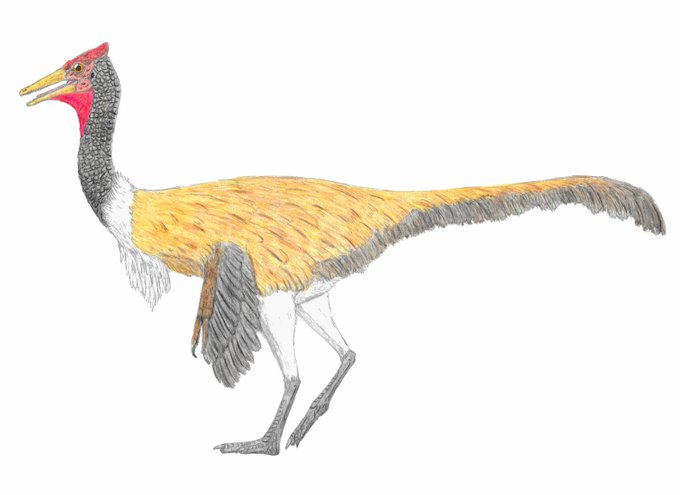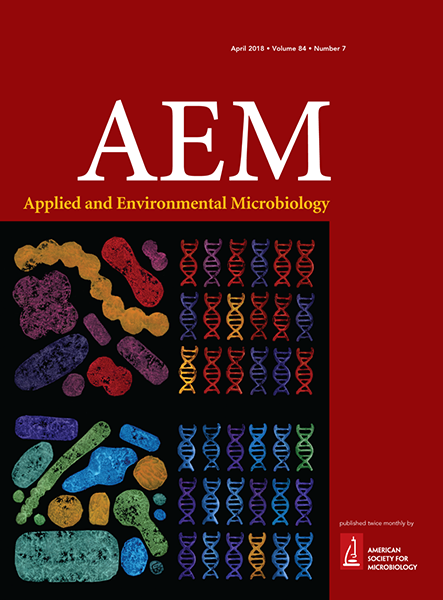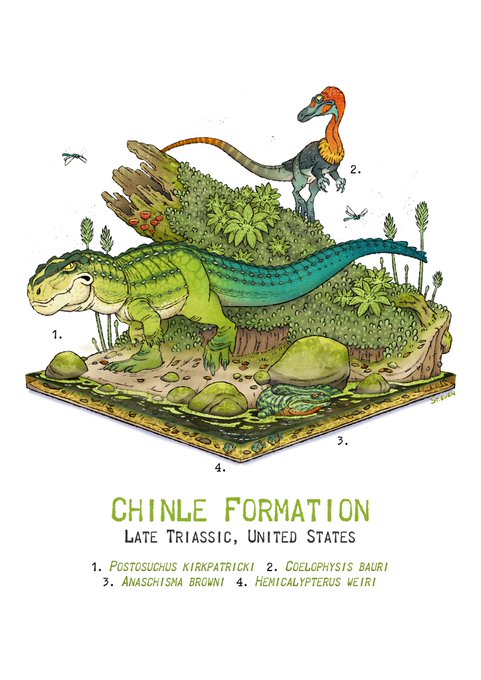tweetstormのTwitterイラスト検索結果。 255 件中 2ページ目
Aaaaand here's a random set of infographics for the last day of the #SciArtTweetStorm. We got some physiology, popgen, community ecology, and ecological chemistry! #SciArt
Some underwater Mesozoic scenes to continue with the last day of #SciArtTweetStorm: Nothosaurus, Keichousaurus, Rhomaleosaurus and Hauffiosaurus #sciart #paleoart
Although my main focus is on birds and bird-like dinosaurs, I also have a soft spot for rodents, of all things. 🐭🐹 Here's a rodent phylogenetic tree I drew to help myself (and others) understand rodent diversity: https://t.co/Q1OxoVBIqd #SciArtTweetStorm #SciArt
#SciArtTweetStorm I don't do porper scientific illustration, but usually depict extinct animals, mostly birds, island fauna and Cenozoic creatures
There are so many amazing artists out there - I love everyone's work. I am so glad I found out about this. Thanks to our great president Emily S. Damstra for encouraging us to participate in #SciArtTweetStorm #SciArt
Phylogeny is one of my favorite subjects. Well of course, I study it. But it also connects you to every species that has ever lived on Earth! I drew this vertebrate phylogeny in 2015 as an undergrad. It needs many updates... https://t.co/JW7e8Z1RRb #SciArtTweetStorm #SciArt
I think #SciArtTweetStorm is still going? Here is the illustration I did for an upcoming @InstBirdPop
project, featuring species from the Klamath National Forest! California Sister, Spotted Towhee, and Yellow-faced Bumble Bee. #SciArt
Last day of #SciArtTweetStorm - finding that #SciArt can be rather useful. First up, some journal front covers I've done...
So #SciArtTweetStorm ends tomorrow, so I am going to tweet a fe more things. Here are some sketches of extinct Cenozoic mammals I’ve done over the years: Daeodon, Remingtonocetus and Rodhocetus, Eremotherium, and Granastrapotherium #sciart #paleoart
#SciArtTweetStorm: I've created a range of #SciArt illustrations over the last few years as teaching resources for undergraduate anatomy & dentistry @jcu
And I will basically never get tired of making 'ankylosaur skull rainbowgrams' showing how the ornamentation differs between species, 1st in my 2013 Euoplocephalus paper & latest incarnation in the Zuul description: https://t.co/mUlArnpC03 #SciArtTweetStorm
I really love the #SciArtTweetStorm. I think folks are sometimes surprised when I say that I get to do a lot of art as a scientist, but it's true. I like coming up with interesting ways to visualize results in my papers. Here's a few favourites: https://t.co/xNowwyM1Qg
Because adding some information makes everything better...
#sciart #SciArtTweetStorm
The short-eared owl (Asio flammeus) whose species name comes from the appearance of flaming feathers flowing from the top of its body.
#SciArtTweetStorm #sciart #taxonomytuesday
Website: https://t.co/yUcGzBKWnR
Shop: https://t.co/2U7I2yFAbg
#SciArtTweetStorm I haven't gotten back to doing these in a long time: I'm known for redesigning pop-culture depictions of Prehistoric animals (especially Jurassic Park ones) to be scientifically up to date, as a means to educate people on what they'd look like in reality.
A number of years ago I made a calendar featuring a variety of microbes, each shown with a molecular structure that’s unique or important to their biology, and a little information about them. Some are pathogens, some “beneficial”, and some “neutral”. #SciArtTweetStorm
Today I give you #cartoons of #bacteria for #SciArtTweetStorm!
(I'm always up for drawing your favourite microbe in cartoon form... feel free to drop me a DM)
#SciArt #Illustration
Haven't done much with #SciArtTweetStorm because all my new stuff from the last six months (!) can't be released just yet - but here are some older favorites!




































































